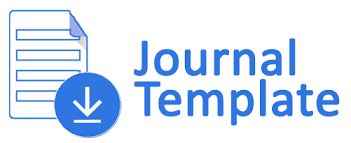Optimizing State Asset Management Via Intangible Asset Elimination: Evidence from South Sulawesi
Downloads
This study analyzes the process of eliminating intangible assets (such as technical documents and study results) to optimize the management of State Property (BMN) in the National Road Planning and Supervision Work Unit (Satker P2JN) of South Sulawesi Province. The research uses a qualitative method of a case study approach applied through in-depth interviews with four key informants (head of task force, financial staff, BMN officers) as well as analysis of policy documents, financial statements, and asset write-off archives. The results of the study revealed that the elimination process follows nine stages of regulation (PP No. 27/2014 and PMK No. 83/2016), but faces significant obstacles: 65% of agencies are not trained in the valuation of intangible assets, unmanaged documentation and limitations of intangible asset valuation standards, multilayer bureaucracy takes 6-12 months, and inconsistency in the implementation of regulations. The elimination of planning documents worth IDR 1.095 billion (Feasibility Study, Detailed Engineering Design and Environmental Document for the Untia Port Access Road) succeeded in reducing administrative burden by 31.81% and improving the accuracy of BMN's balance sheet. This study recommends three strategic solutions: competency-based HR training, digitization of the integrated archive system with SIMAK-BMN, and alignment and harmonization of regulations through a single policy framework. The findings expand the theory of institutional complexity by showing regulatory conflicts as the root of inefficiencies in the bureaucracy of developing countries and practical for state asset governance reform in Indonesia.
Copyright (c) 2025 Muhammad Yusuf

This work is licensed under a Creative Commons Attribution-ShareAlike 4.0 International License.



